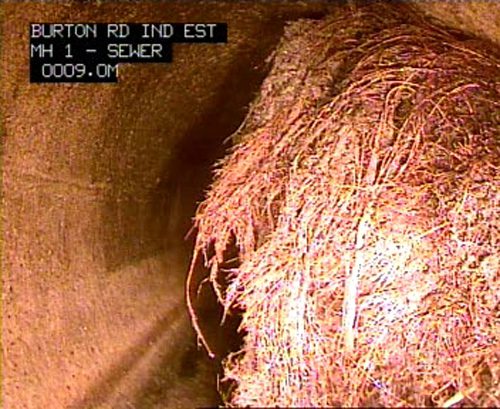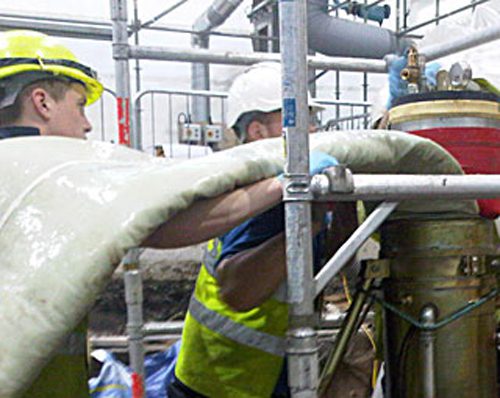CAUSES OF BROKEN DRAINS
There are many reasons why drains can become damaged, more common causes are settlement, tree root ingression, displaced or leaking pipes that can lead to voids forming and partial collapse.

STRUCTURAL INTEGRITY
Drain Alert’s Lining Process restores structural integrity to your damaged sewer pipes. Before any lining works are carried out a CCTV drain inspection is normally carried out where key information is obtained about the severity of the damage together with depth, diameter, material, and duty of the sewer. In the example above we would use specialist cutting jets to remove the roots and prepare the host pipe.
Our designer then calculates the type and thickness of the liner and the most appropriate installation method required. This may involve specialist liners capable of dealing with effluent flows containing acids, alkaline PH, or indeed high temperatures. Our CIPP structural liners have a 100-year design life.
INCREASED FLOW CAPACITY
Despite liners marginally reducing the cross sectional area of rehabilitated pipes, the smooth, seamless inner wall of the product typically improves flow capacity and the hydraulic characteristics of the pipe. There are no joints that can separate over time. The smooth interior also provides excellent abrasion resistance.
AFFORDABILITY
The CIPP process is simple and this no-dig method from Drain Alert is usually less expensive than conventional methods of drain repair, even for everyday problems. Since each job is unique, our design team can apply the most cost effective, technically optimal solution to solve your pipeline rehabilitation problem.
HOW IS THE LINER INSTALLED?
A resin impregnated felt tube is inverted or dragged into the damaged host pipe. A calibration tube is then usually used to inflate and compress the wet out liner to the host pipe to form a pipe within a pipe. The resin is cured by a chemical process, and heat. Once cured in place, the calibration tube is removed; and the drain is then formed and watertight.
There may be alternative methods of rehabilitation made by the design team. For example short (0.6 -1.0m lengths) of structural epoxy patch liners can be used for localised repairs, e.g. a single circumferential fracture.

BENEFITS OF DRAIN RELINING & REPAIRS
- Quick Installation and minimal disruption
- Forms a structural and durable new pipe
within the old - Bridges and seals gaps, holes and cracks
- Resistant to chemical attack or corrosion
- Improves hydraulic efficiency
- Substantial cost saving over conventional reconstruction methods
- All processes are consistent with nationally recognized standards